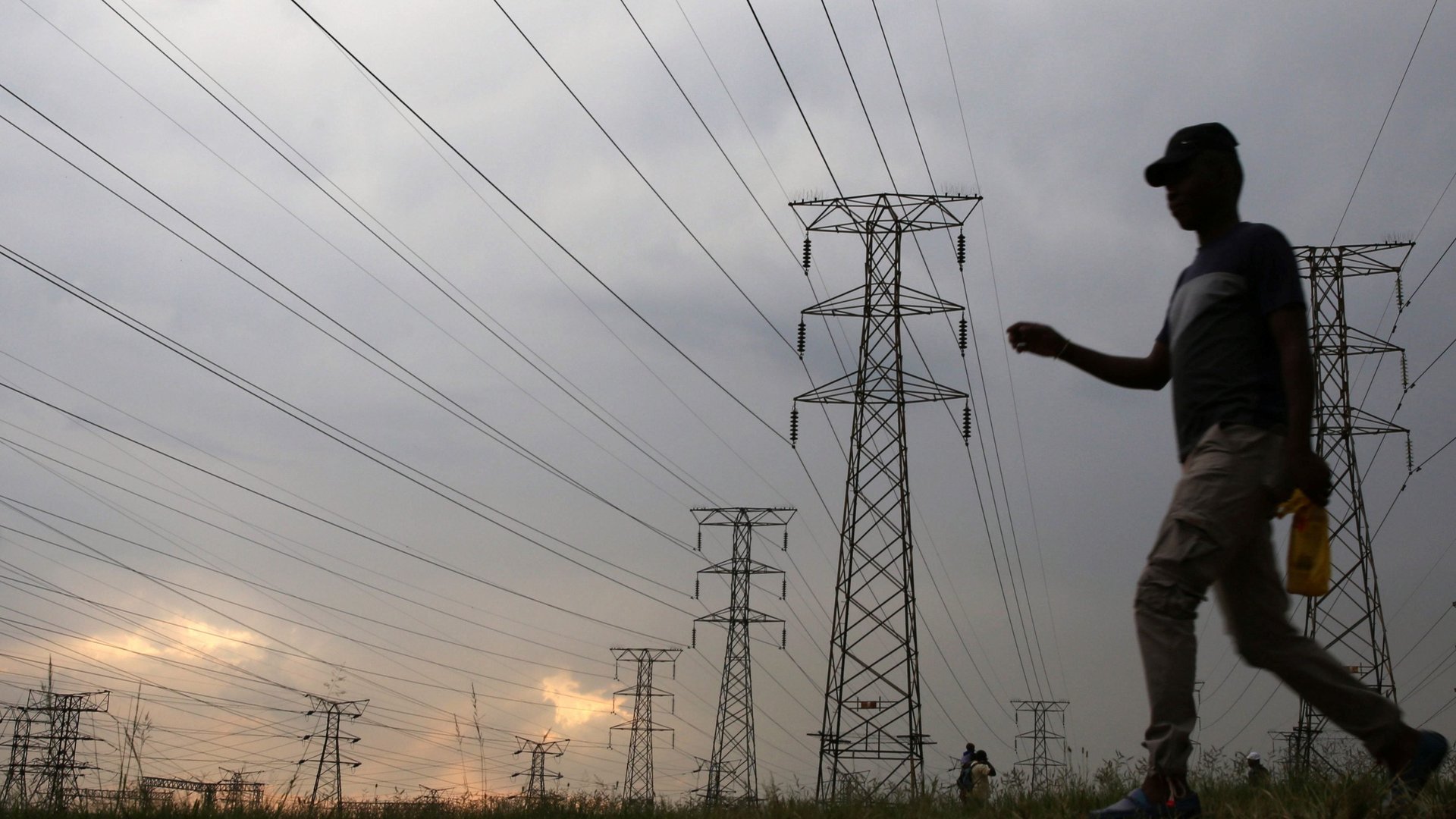The household electrification rate in sub-Saharan Africa is the lowest in the world
More Africans than ever before have electricity but there are still 600 million on the continent without it. The household electrification rate in sub-Saharan Africa is the lowest in the world, around 42% in 2016, and that’s despite the many programs providing access for 70 million people since 2014.


More Africans than ever before have electricity but there are still 600 million on the continent without it. The household electrification rate in sub-Saharan Africa is the lowest in the world, around 42% in 2016, and that’s despite the many programs providing access for 70 million people since 2014.
Total installed capacity of electricity in the region was 96 gigawatts in 2015, compared with 325 GW in India and 1,519 GW in China, according to the US Energy Information Administration. South Africa accounts for nearly half of the region’s generation capacity. Nigeria, which has a population four times the size of South Africa’s, has only about a quarter of the installed generation capacity of South Africa. There’s also a big gap between electricity access in urban households (71%) versus rural households (22%).
Naturally, all of this means that the level of actual electricity consumption in Africa is very low. Between 2010 to 2014, average annual consumption per capita in sub-Saharan Africa was equivalent to just 4% of consumption per capita in the United States.
That said, having more generation capacity is no guarantee that locals will actually get reliable electricity supply, the World Bank cautions. The inefficiencies of many of the traditionally built grids and delivery systems means electricity generation reaches only 40% of the potential output given the installed capacity in the region. That’s according to the World Bank’s Africa Pulse report, which dove into the state of electricity access on the continent, and indicated how much work is still to be done.
The World Bank sums up the key challenges for the region: It’s difficult to set electricity tariffs that can profitably cover the cost of delivery and the need for improved governance for national electrification plans in most countries.
It points out that technological advances in renewable options like solar are great for increasing access, particularly for rural consumers in lightly populated areas, but less so for industrial-size projects that create jobs.
The bank also suggests it might make more sense to focus on grid expansion to highly populated urban centers rather than rural areas, in order to cover the investment and distribution costs initially. The idea is not necessarily to leave those in rural areas behind but to use alternatives such as mini- or micro-grids or solar options in those regions.
The report says regulators are starting to warm up to the option of investing in mini-grids, and that sub-Saharan Africa in particular can benefit not just from technological innovation but also regulatory innovation.
Based on traditional grid expansion or new build-outs, it would take about $50 billion of investment a year to get anywhere near universal electricity access in sub-Saharan Africa by 2030, according to the report. That alone shows why innovative technology, strategies, and regulation are desperately needed.
But there are spots of good news. Gabon, Swaziland, and Kenya have all seen the pace of electrification grow rapidly, with access rates increasing by more than 50% between 2000 and 2016. Kenya is also a leader in renewable energy on the continent, with over 40% of its electricity coming from non-hydro renewable sources.